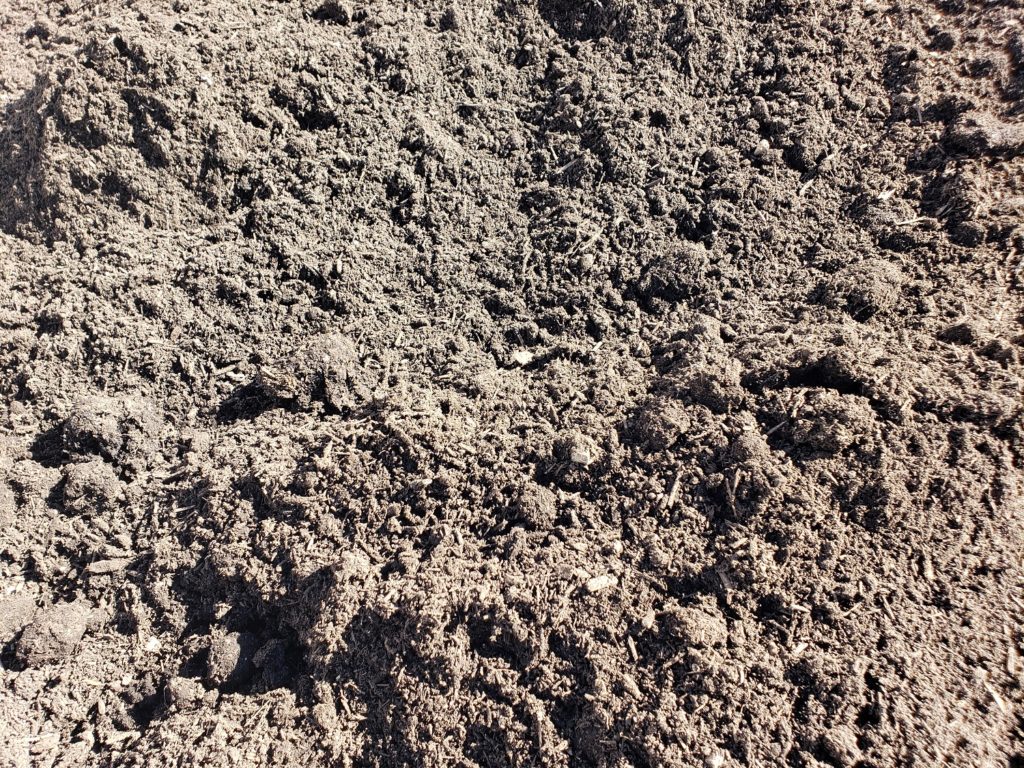


The health of your soil is important at every level. However, natural topsoil is at a high risk of being wasted—in fact, one geomorphologist, David Montgomery, estimates that 24 billion tons of topsoil are lost annually. He discusses this issue in his book Dirt and points to civilization in general as the cause. “Topsoil” refers, in general, to the top levels of soil. The earth of course has its own, but you can also add topsoil to encourage a healthy ground and yard. You might not be able to tackle thousands of years of agriculture that has led to overharvesting, desertification, and deforestation on your own, but you can make a difference in your own backyard.
As today’s agriculture industries and farming disrupt topsoil on a daily basis, the tilling releases greenhouse gases. In turn, the globe gets warmer and the land continues to degrade leading to a higher risk of erosion and drought. Unfortunately, many homeowners have also adopted a chemical approach when taking care of their yard, which can void soil of its health. According to the UN, the world only has 60 harvests remaining unless something changes—and changes can start small.
Topsoil and You
Healthy topsoil has more tiny microorganisms in a single handful than the number of humans on Earth. These little beings are in charge of soil health and proper decomposition. They work with invertebrates in the soil (like worms) and fungal networks to restore a carbon balance and increase vitality. When occurring naturally, creating the top one inch of topsoil on all of planet Earth requires 500 years. This has led many informed farmers and gardeners just like you to practice regenerative agriculture, organic land management, and permaculture. For instance, your local community garden is part of this movement committed to lessening emissions by reducing food transport services.
You can help regenerate the soil by bringing nutrients back to the earth. Composting is a great way to do this. Instead of throwing away much of your food scraps, they can be re-directed to the yard to help create healthier topsoil. Using composting in your garden is easy, as it mixes very well with topsoil sold at stores. In the world of gardening, topsoil is darker and looser than the soil below the surface.
Your Garden’s Topsoil Options
When you buy topsoil for your garden, you have two options: blended topsoil and organic topsoil. Blended topsoil is a hybrid of mineral materials and is usually sourced from an excavation site. Organic topsoil includes materials like moss, peat, and shredded wood. When purchasing blended topsoil, make sure to check that there’s no more than ten percent of gravel. Most gardeners opt for organic topsoil, but be careful. If you don’t buy from a reputable source, bagged organic topsoil can have virtually no mineral components.
Finding out what the company’s latest soil test results will give you peace of mind when buying topsoil. This will tell you exactly what’s in your topsoil and lets you know if it’s high quality and will truly help your garden. If you’re gearing up for a season of hyper-local harvesting, you’re already doing your part to help the Earth. Topsoil helps your garden help you—if you get the right kind.